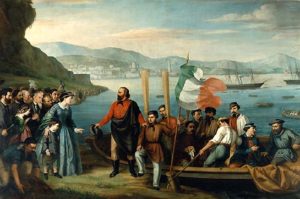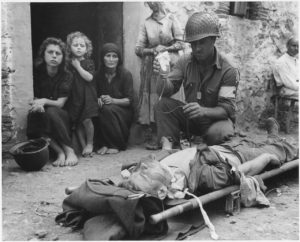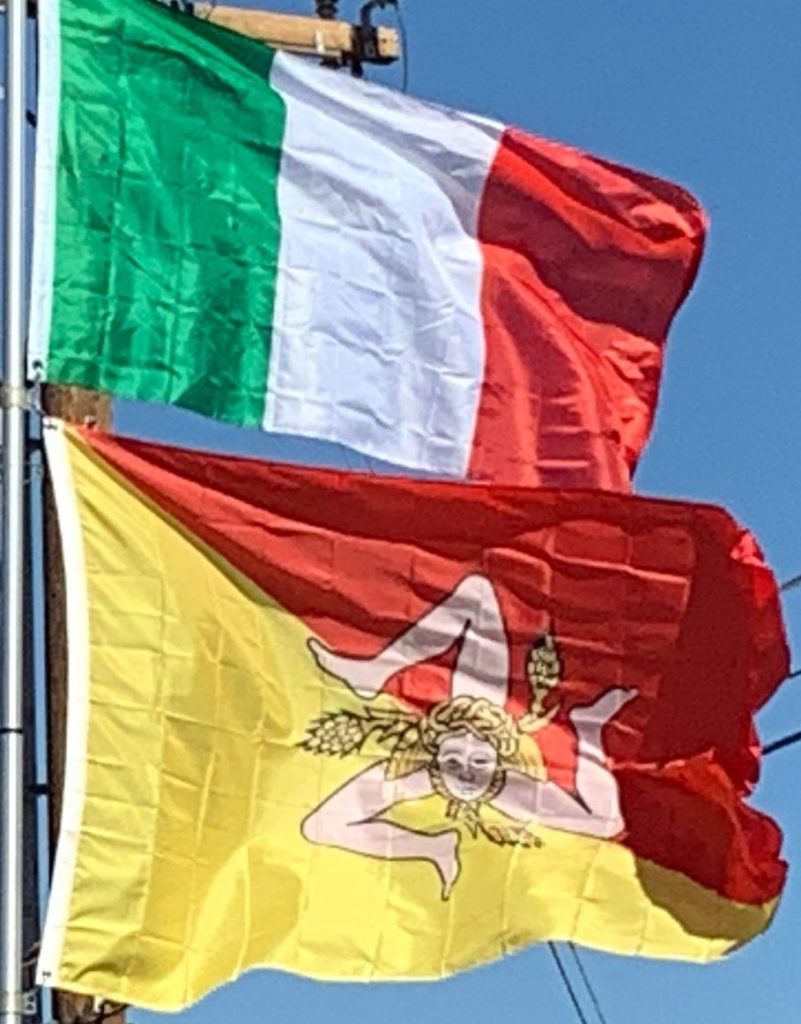
The Sicilian economy remained relatively underdeveloped after the Italian unification, in spite of the strong investments made by the Kingdom of Italy in terms of modern infrastructure, and this caused an unprecedented wave of emigration. In 1894, organisations of workers and peasants known as the Fasci Siciliani protested against the bad social and economic conditions of the island, but they were suppressed in a few days. The Messina earthquake of 28 December 1908 killed more than 80,000 people.
This period was also characterized by the first contact between the Sicilian mafia and the Italian government. The Mafia’s origins are still uncertain, but it is generally accepted that it emerged in the 18th century initially in the role of private enforcers hired to protect the property of landowners and merchants from the groups of bandits (Briganti) who frequently pillaged the countryside and towns. The battle against the Mafia made by the Kingdom of Italy was controversial and ambiguous. The Carabinieri (the military police of Italy) and sometimes the Italian army were often involved in terrible fights against the mafia members, but their efforts were frequently useless because of the secret co-operation between the mafia and local government and also because of the weakness of the Italian judicial system.
20th and 21st Centuries:
In the 1920s, the Fascist regime began a stronger military action against the Mafia, which was led by prefect Cesare Mori, who was known as the “Iron Prefect” because of his iron-fisted campaigns. This was the first time in which an operation against the Sicilian mafia ended with considerable success. There was an allied invasion of Sicily during World War II starting on 10 July 1943. In preparation for the invasion, the Allies revitalised the Mafia to aid them. The invasion of Sicily contributed to the 25 July crisis; in general, the Allied victors were warmly embraced by Sicily.

Italy became a Republic in 1946 and, as part of the Constitution of Italy, Sicily was one of the five regions given special status as an autonomous region. Both the partial Italian land reform and special funding from the Italian government’s Cassa per il Mezzogiorno (Fund for the South) from 1950 to 1984 helped the Sicilian economy. During this period, the economic and social condition of the island was generally improved thanks to important investments on infrastructures such as motorways and airports, and thanks to the creation of important industrial and commercial areas. In the 1980s, the Mafia was deeply weakened by a second important campaign led by magistrates Giovanni Falcone and Paolo Borsellino. Between 1990 and 2005, the unemployment rate fell from about 23% to 11%.
Geography:
Sicily has a roughly triangular shape, earning it the name Trinacria. To the north-east, it is separated from Calabria and the rest of the Italian mainland by the Strait of Messina, about 3 km (1.9 mi) wide in the north, and about 16 km (9.9 mi) wide in the southern part. The northern and southern coasts are each about 280 km (170 mi) long measured as a straight line, while the eastern coast measures around 180 km (110 mi); total coast length is estimated at 1,484 km (922 mi). The total area of the island is 25,711 km2 (9,927 sq mi), while the Autonomous Region of Sicily (which includes smaller surrounding islands) has an area of 27,708 km2 (10,698 sq mi).
